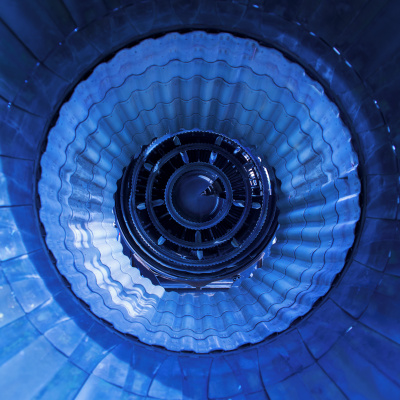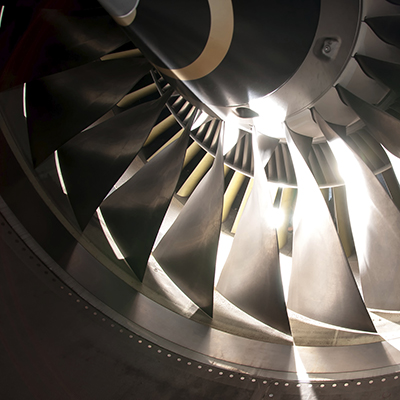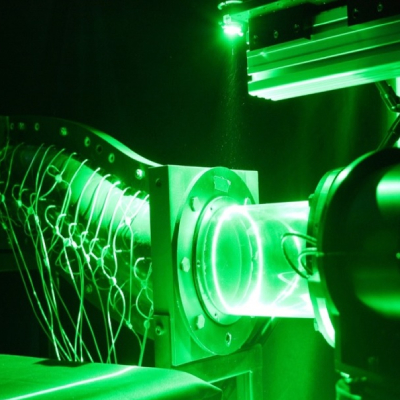Extensive research in gas turbine diagnostics, health monitoring and fleet management, that spans more than 40 years, places Cranfield among the world’s top research institutions in this field.
Cranfield’s research in gas turbine performance engineering can be traced back to the 1960s when the development of the world-known gas turbine performance simulation software TURBOMATCH begun. Since then, the software has undergone more than half a century-worth of continuous development, to be able to handle today the steady state, transient and degraded performance of gas turbine engines of various configurations and applications.
Our comprehensive and user-friendly software tool for gas path diagnostics, prognostics and life consumption monitoring, Pythia, has been applied to aero, industrial and marine gas turbine engines. Recent field applications include GE LM2500+ aero-derivative gas turbine engines, operated in a CCGT power plant at Manx Utilities on the Isle of Man in the UK, and GE MS5001PA heavy duty gas turbines, operated at PT Pupuk Kaltim (PKT) in Indonesia.
According to our partners’ feedback, our “advanced diagnostics and prognostics methods have allowed plant engineers to track plant performance and track deterioration in components and make informed decisions”.
Cranfield has collaborated closely with many industrial partners, including gas turbine research institutions, OEMs, airlines, power generation companies, oil and gas companies and others, to develop and apply technologies in support of fleet health monitoring, operation management and condition-based maintenance, of both aircraft and industrial gas turbine engines. Moreover, a wide range of state-of-the-art modelling techniques and simulation capabilities, developed in parallel over several years, have been implemented into gas turbine digital twins to tackle new challenges in engine design, operation, maintenance and environment protection.
Our portfolio of in-house developed methods includes;
- Gas Path Analysis (GPA) (matrix inverse method & Kalman Filter “Concentrator”) for engine fault diagnosis.
- Adaptive Gas Path Analysis for engine fault diagnosis.
- Fault diagnostic algorithms based on Genetic Algorithms (GA).
- Nested Artificial Neural Networks (ANN) for fast fault diagnosis.
- Fuzzy Logic approach for fault diagnosis.
- Model-based measurement data pre-processing.
- Measurement parameter selection criteria for diagnostics.
- Analytical sensor fault detection approaches based on GPA, GA, and ANN, etc.
- Gas turbine performance adaptation to achieve accurate performance models.
- Adaptive performance predictions to track un-measurable performance parameters such as TET based on measurement data.
- Prognostic predictions of engine degradations and remaining useful life considering engine degradation.
- Engine Equivalent Operating Hour (EOH) predictions based on creep-LCF interaction.










